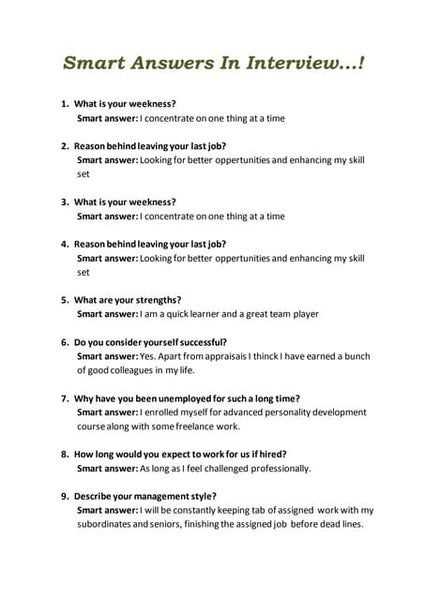
One of the most crucial moments in any admissions conversation is the opportunity to introduce yourself. How you present your background, experiences, and aspirations can significantly shape the perception others have of you. A well-crafted response can highlight your strengths and make a lasting impression on the evaluators.
In this section, we will explore strategies for articulating your personal journey, showcasing your achievements, and connecting your story to the institution’s values. The key is to maintain authenticity while also emphasizing what makes you a unique candidate for the program.
Whether you are describing past accomplishments, future goals, or personal growth, the focus should be on delivering a message that is concise, engaging, and aligned with the expectations of those who evaluate potential students. Prepare to share your narrative in a way that reflects both your individuality and your readiness for the challenges ahead.
Effective Responses to Common Admission Questions
When asked to introduce yourself in an admissions setting, your response can leave a lasting impression. This is an opportunity to highlight your strengths, share your journey, and demonstrate how your experiences align with the values and goals of the institution. A well-thought-out reply not only provides insight into your background but also helps evaluators understand what drives you and how you’ll contribute to the community.
Crafting Your Response: Key Elements
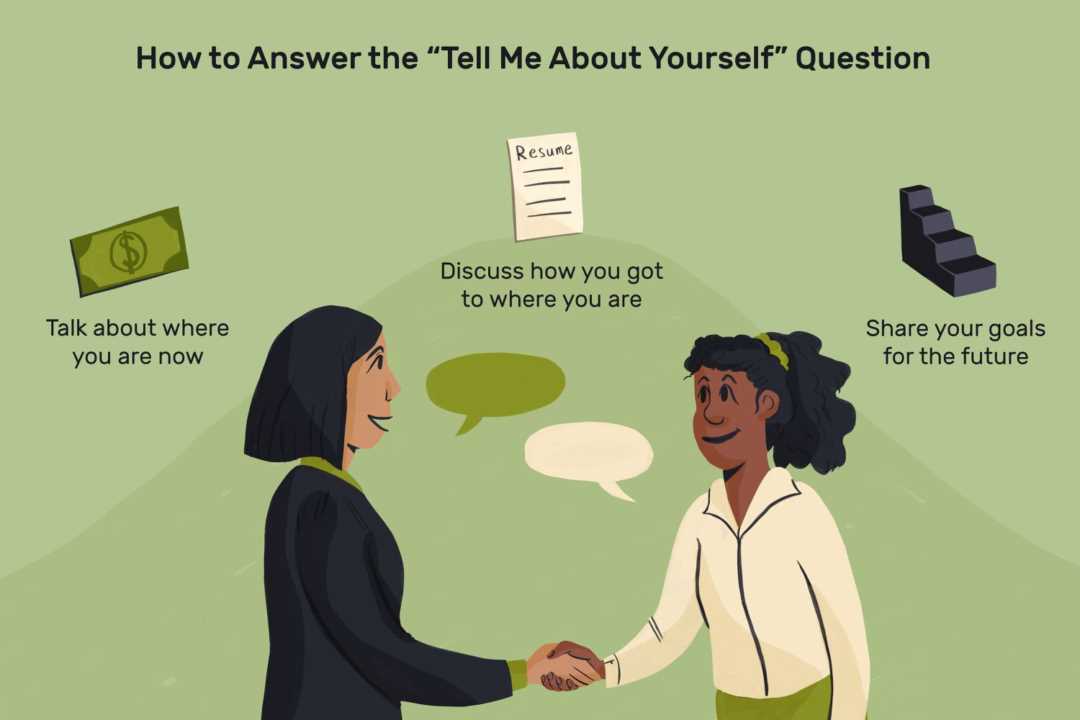
To create a compelling introduction, focus on three core elements: your past achievements, current interests, and future aspirations. This structure allows you to present a balanced view of who you are and why you’re a strong candidate. Below is a breakdown of these components:
| Element | Description |
|---|---|
| Past Achievements | Share significant milestones or experiences that shaped you, such as academic accomplishments or personal growth. |
| Current Interests | Discuss your current pursuits, including subjects you’re passionate about, extracurricular activities, or personal projects. |
| Future Goals | Outline your aspirations, explaining how the institution aligns with your ambitions and what you hope to achieve during your time there. |
Example of a Strong Response
Here’s an example of a well-rounded response that highlights these three elements effectively:
“Throughout high school, I’ve been passionate about environmental science, which led me to volunteer with local sustainability initiatives and take advanced science courses. Recently, I’ve become involved in a project that focuses on renewable energy solutions in our community. I’m excited about the opportunity to further explore these interests through your institution’s research programs and contribute to ongoing projects that can make a real-world impact. My goal is to use the knowledge I gain to develop sustainable technologies that can be implemented in everyday life.”
This response clearly touches on past experiences, present passions, and future aspirations, making it a well-rounded and compelling introduction.
How to Structure Your Response
When preparing to introduce yourself in an admissions setting, organizing your thoughts clearly is essential. A well-structured reply helps ensure you cover all relevant aspects of your background while keeping the response concise and focused. Structuring your reply effectively also helps maintain the flow of conversation, allowing you to highlight your strengths in a compelling way.
A simple yet effective approach to organizing your response is the Past-Present-Future model. This framework provides a clear progression, making it easier to craft a balanced and engaging introduction. Each section serves a distinct purpose, giving evaluators insight into your journey, current interests, and future aspirations.
Past: Foundation of Your Journey
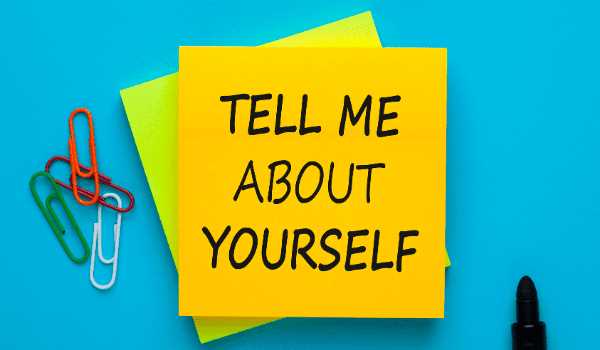
Start by briefly discussing your background. Focus on key experiences or achievements that have shaped who you are today. This could include academic accomplishments, personal milestones, or relevant extracurricular activities. The goal is to provide context and demonstrate your growth.
Present: Current Interests and Strengths
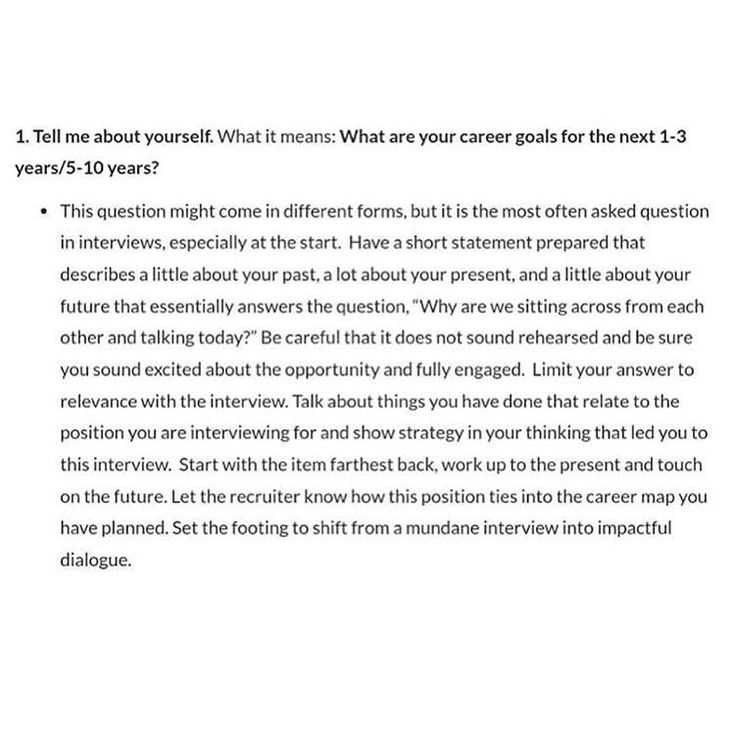
Next, shift to your current endeavors. Highlight what you are passionate about, the subjects or activities you’re actively involved in, and how they reflect your strengths. This is a great opportunity to show how you are applying your skills and knowledge in real-world situations.
Future: Aspirations and Goals
Finally, look ahead. Share your long-term goals and explain how the institution aligns with your ambitions. Discuss how the program can help you achieve these objectives and contribute to your personal and professional development. This shows your enthusiasm and commitment to growth.
By following the Past-Present-Future framework, you can create a clear, structured, and impactful response that effectively communicates your story to the evaluator.
Why Your Story Matters in Interviews
Sharing your personal narrative in a formal discussion is more than just a way to introduce yourself. It’s an opportunity to connect, engage, and demonstrate what sets you apart from other candidates. Your story can provide insights into your character, values, and potential contributions, making it a key element in the evaluation process.
Admissions officers and evaluators look for more than just grades and test scores–they want to understand the person behind the application. Your background and experiences shape who you are, and being able to express that clearly and effectively allows you to create a lasting impression. Here’s why your personal journey is so impactful:
- Highlights Personal Growth: Your story reflects how you’ve developed over time, showing your resilience, adaptability, and ability to overcome challenges.
- Demonstrates Unique Qualities: Sharing your experiences helps you stand out by showcasing what makes you unique, whether it’s your perspective, skills, or passions.
- Reveals Your Motivation: Your narrative can explain why you are passionate about certain fields or goals, helping others understand your drive and purpose.
- Fosters Connection: Personal stories allow you to engage on a human level, building rapport with the evaluator and creating a more memorable interaction.
- Shows Alignment with the Institution: By sharing what resonates with you about the program or school, you demonstrate how well your goals align with their values and mission.
In an admission conversation, your story isn’t just a summary of events–it’s a chance to showcase the qualities that make you an ideal fit for the institution. When shared thoughtfully, it leaves evaluators with a clear and compelling understanding of who you are and what you can bring to the table.
Common Mistakes to Avoid

When presenting yourself in a formal discussion, how you convey your message can make all the difference. While sharing your background and experiences, there are certain pitfalls that can undermine your impact. Being aware of these common mistakes can help you refine your approach and ensure you leave a positive impression. Here are some key things to avoid during your response:
Overloading with Information
While it’s tempting to share everything, overwhelming the listener with too many details can detract from the key points you want to emphasize. Focus on the most relevant experiences and qualities that align with the goals of the discussion. Keep your response concise, but informative, and avoid lengthy tangents.
Being Too Vague or Generic
General statements like “I’m a hard worker” or “I love learning” can come across as empty without specific examples or stories to back them up. To make a stronger impression, be specific about what makes you unique. Share concrete examples of achievements, challenges, or moments that shaped you and reflect on what you learned from those experiences.
By steering clear of these missteps, you can craft a more effective and engaging response that highlights your strengths and leaves a lasting impression on your audience.
Key Elements of a Great Answer
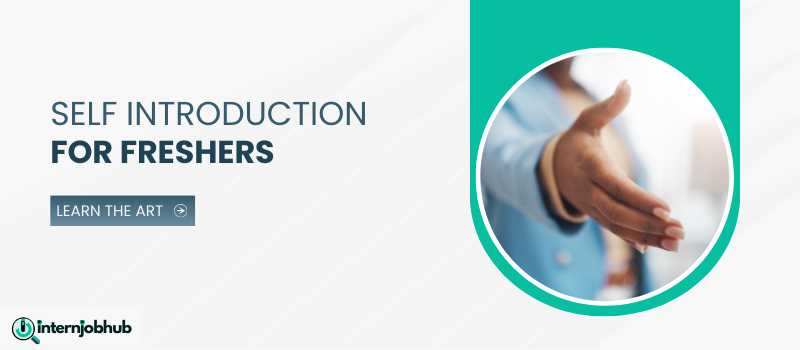
A strong response to a personal introduction question goes beyond a simple recount of facts. It should weave together key aspects of your experiences, strengths, and aspirations, creating a compelling narrative. The most effective responses strike a balance between being informative and engaging, leaving a memorable impression. Below are the core elements that make a response impactful:
- Clear Structure: Organize your thoughts logically, typically starting with past experiences, moving to current activities, and ending with future goals. This helps maintain a natural flow and keeps the listener engaged.
- Specificity: General statements are often forgettable. Instead, use concrete examples to illustrate your achievements, challenges, or growth. This adds depth to your narrative.
- Authenticity: Being genuine and true to yourself creates a stronger connection with the listener. Avoid sounding rehearsed or insincere, as authenticity will make your response more relatable and trustworthy.
- Confidence: Speak with conviction about your abilities, experiences, and ambitions. Confidence (not arrogance) helps communicate that you believe in your own potential.
- Relevance: Make sure that the points you share are relevant to the context. Tailor your response to the setting, focusing on aspects that highlight why you are a good fit for the opportunity at hand.
Incorporating these elements into your response will not only make it more effective but will also provide a clear and engaging picture of who you are and what you can bring to the table.
Tailoring Your Answer to the School
When sharing your personal journey in an admissions conversation, it’s crucial to align your response with the values and strengths of the institution you’re applying to. Customizing your response allows you to demonstrate your understanding of the program and how your experiences and goals make you a perfect fit. Tailoring your message shows that you’ve done your research and are genuinely interested in becoming part of that specific academic community.
Understanding the Institution’s Values
To effectively adjust your response, start by researching the institution’s mission, culture, and academic focus areas. Highlighting aspects that resonate with you helps draw a clear connection between your aspirations and what the school offers. Here’s a table summarizing key aspects to focus on:
| Institution’s Focus | How to Align Your Answer |
|---|---|
| Academic Excellence | Discuss your dedication to intellectual growth, any high-achieving experiences, and how you plan to contribute to the academic community. |
| Community Engagement | Share examples of your involvement in volunteer work or leadership roles and explain how you plan to continue contributing to campus life. |
| Research Opportunities | Highlight any research experience you have and express enthusiasm for the institution’s research programs that align with your interests. |
| Innovative Programs | Mention any unique courses, clubs, or initiatives at the school that excite you and demonstrate how you plan to take full advantage of these opportunities. |
Crafting a Personal Connection
Once you have a clear understanding of the school’s unique offerings, weave those elements into your response. Be specific about how the institution’s strengths align with your interests, and explain why you believe it is the ideal place for you to grow academically and personally. By showcasing your genuine enthusiasm, you will make a strong case for why you would thrive at that institution.
Highlighting Academic and Extracurricular Strengths
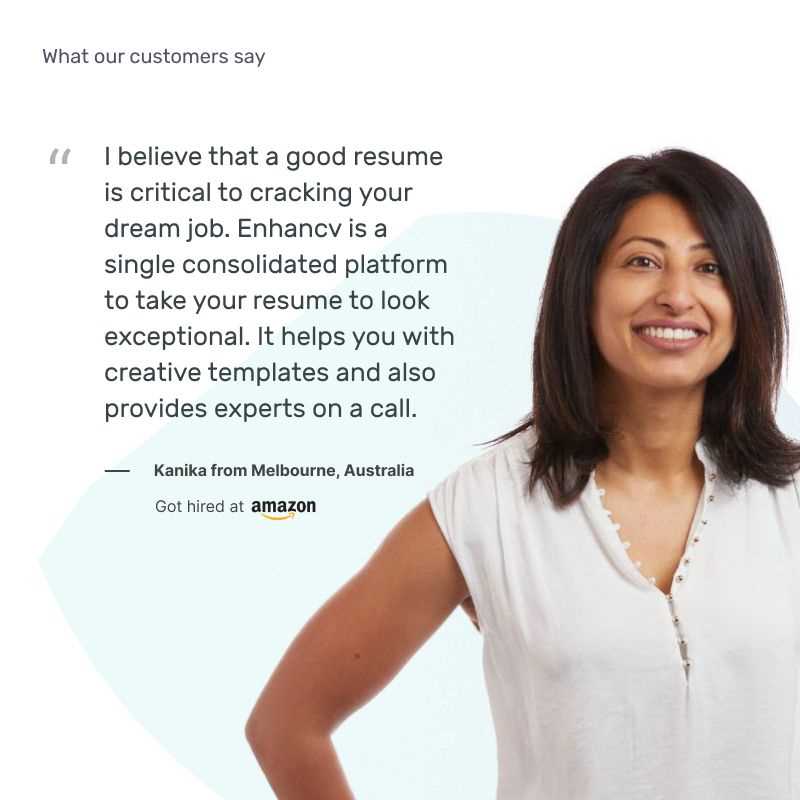
In a formal setting, it’s essential to strike a balance between discussing your academic achievements and extracurricular activities. Both aspects reflect who you are, and showcasing your strengths in each area can create a well-rounded image. Your academic pursuits demonstrate your intellectual curiosity and dedication, while your involvement outside the classroom reveals leadership, teamwork, and personal interests. Together, these elements help provide a fuller picture of your potential.
When sharing your story, here are key points to focus on:
- Academic Achievements: Emphasize your scholastic accomplishments, such as high grades, honors, or unique projects. If you’ve worked on any research, participated in academic competitions, or pursued challenging coursework, be sure to mention these.
- Passion for Learning: Talk about subjects that excite you and the ways you go beyond the classroom to deepen your knowledge. This could include independent study, reading, or engaging in academic discussions.
- Extracurricular Engagement: Share your involvement in clubs, sports, volunteer work, or leadership roles. Demonstrating that you actively contribute to your community helps build a strong, multidimensional profile.
- Skills and Impact: Highlight specific skills you’ve developed through extracurriculars–such as teamwork, time management, or communication–and the impact you’ve made, whether it’s leading a team or organizing an event.
By effectively showcasing both academic and extracurricular strengths, you can present yourself as a well-rounded individual, capable of excelling in multiple areas and making meaningful contributions to the community.
Crafting a Unique Personal Narrative
Creating a distinctive narrative is one of the most powerful ways to stand out in any formal discussion. Your story is a reflection of your journey, your experiences, and the lessons you’ve learned along the way. By weaving together personal anecdotes, challenges, and aspirations, you can present a unique perspective that showcases both who you are and what you bring to the table. A well-crafted narrative doesn’t just tell facts–it engages, resonates, and leaves a lasting impression.
To craft an impactful personal narrative, consider the following strategies:
- Identify Key Moments: Focus on specific experiences that have shaped your growth and development. Whether it’s overcoming a challenge, pursuing a passion, or making a meaningful impact, highlight moments that are significant to your personal journey.
- Show Growth: Emphasize how your experiences have contributed to your personal evolution. This could be academic growth, emotional resilience, or discovering new interests. Reflect on how these changes have influenced your goals and aspirations.
- Integrate Your Passions: Personal stories that highlight what excites and drives you often resonate more deeply. Whether it’s a hobby, a cause, or a career aspiration, show how your passions align with the path you’re on.
- Keep It Authentic: Be genuine and true to yourself when telling your story. Avoid exaggeration or overly rehearsed responses. Authenticity helps create a more relatable and compelling narrative.
- Connect to Future Goals: Link your past experiences and current values to your future objectives. Show how your unique background has prepared you for the next chapter in your journey, whether it’s academic, personal, or professional.
By focusing on these elements, you can build a narrative that reflects your individuality and highlights your strengths, making a memorable impact on anyone who hears your story.
How to Connect with the Interviewer
Establishing a positive and engaging relationship with the person assessing your qualifications is crucial. A meaningful connection allows for better communication and helps convey your genuine enthusiasm and personality. By building rapport, you not only showcase your skills but also demonstrate your ability to interact professionally and authentically.
Here are some effective strategies to connect with the evaluator:
- Be Engaged: Listen attentively to the evaluator’s questions and respond with thoughtful answers. Showing active interest in the conversation can help foster a more engaging exchange.
- Ask Insightful Questions: Show your curiosity and enthusiasm by asking questions that reflect your genuine interest in the discussion. This helps steer the conversation towards meaningful topics and builds rapport.
- Use Open Body Language: Non-verbal communication plays a significant role. Maintain good posture, make eye contact, and offer a friendly smile to convey confidence and approachability.
- Be Authentic: Being true to yourself helps establish trust. Avoid over-rehearsing your responses or presenting a facade. Authenticity makes you more relatable and likable.
- Show Enthusiasm: Express genuine excitement about the opportunity and your future goals. A passionate approach to discussing your aspirations helps keep the conversation energetic and engaging.
By following these guidelines, you can create a warm and positive atmosphere that makes the interaction more natural and memorable. Building a strong connection with the evaluator will not only help you stand out but also make the conversation feel more like a partnership than a formal assessment.
Responding to ‘Tell Me About Yourself’ Confidently
Responding with confidence to open-ended questions is key to leaving a positive and lasting impression. Whether in a formal setting or an evaluation, how you introduce yourself plays a significant role in shaping the perception of your abilities. It’s not just about the content of your response but also the way you present it. A well-structured, confident reply demonstrates your self-awareness and the clarity of your goals.
Prepare, But Keep It Natural
Confidence comes from preparation, but it’s equally important to remain natural. Practicing your response allows you to become comfortable with the material, but over-rehearsing can make you sound robotic. The key is to strike a balance between familiarity with your key points and the ability to engage with the conversation naturally. Focus on your strengths, experiences, and goals, while staying flexible and adaptable to the flow of the discussion.
Focus on Your Strengths and Achievements
Highlight the areas where you excel, whether in academics, personal projects, or leadership roles. Bring attention to your most notable achievements, but also briefly touch on the experiences that have shaped you. Share specific examples that demonstrate how these moments have prepared you for future opportunities. This approach helps the listener understand not only what you’ve done but also the value you bring to the table.
By combining preparation with authenticity, and focusing on your strengths, you can confidently respond to open-ended questions and create a lasting, positive impression.
Framing Your Past Experiences Effectively
How you present your previous experiences can have a major impact on how others perceive your qualifications and potential. Effectively framing your past allows you to highlight your growth, lessons learned, and how these experiences align with your future goals. It’s important to not just describe what you’ve done, but to focus on the value these moments have brought to your personal and professional development.
When discussing your past, consider these key strategies for presenting your experiences in the best light:
- Focus on Key Achievements: Select experiences that are directly relevant to the conversation or the position at hand. Emphasize accomplishments that showcase your skills and competencies.
- Highlight Growth and Learning: Frame challenges as learning opportunities. Show how obstacles have shaped you, improved your problem-solving skills, and strengthened your resilience.
- Use Concrete Examples: Share specific instances that demonstrate how you handled responsibilities, overcame challenges, or achieved goals. These examples make your experiences more tangible and relatable.
- Show Relevance to Future Goals: Connect your past experiences to your future aspirations. Explain how each step in your journey has led you closer to your current ambitions and how it aligns with the role you’re pursuing.
- Maintain a Positive Tone: Even when discussing setbacks or challenges, keep the tone constructive. Focus on how these experiences helped you grow and become better prepared for the next opportunity.
By framing your past experiences effectively, you can demonstrate not only what you’ve accomplished but also your ability to adapt, learn, and grow. This approach helps establish a clear narrative that shows how your history has prepared you for future challenges.
Answering with Authenticity and Honesty
Being genuine and transparent in your responses is key to making a strong, positive impression. Authenticity not only helps establish trust, but it also allows you to showcase your true self. By sharing honest insights into your experiences, you create a connection that resonates with others and demonstrates your integrity and self-awareness. Presenting an authentic version of yourself is not just about what you say, but how you say it.
Stay True to Your Values
When answering questions, it’s important to reflect on your personal values and experiences. Rather than trying to align yourself with what you think others want to hear, focus on communicating your genuine beliefs, passions, and motivations. Sharing what truly drives you can help paint a clear and honest picture of who you are, without the need to fabricate details or embellish stories.
Be Transparent About Your Challenges
Honesty also involves acknowledging moments of struggle or failure, which are often just as valuable as successes. Being open about challenges you’ve faced, and discussing how you’ve grown from them, can be a powerful demonstration of resilience and self-improvement. Rather than shy away from difficult moments, frame them in a way that emphasizes your ability to learn and adapt.
Ultimately, when you speak with sincerity and openness, you not only enhance the quality of your responses but also convey a level of authenticity that can set you apart from others. Stay true to who you are, and let that authenticity guide your conversations.
Using Stories to Strengthen Your Response

Incorporating stories into your responses can add depth and relatability to your message. Rather than simply stating facts, sharing personal narratives allows you to illustrate your experiences and achievements in a more compelling and memorable way. Stories help convey emotions, challenges, and successes, making your responses not only more engaging but also more authentic and impactful.
When choosing a story to include, focus on those that highlight your key qualities or accomplishments. Whether it’s a moment where you demonstrated leadership, overcame adversity, or worked collaboratively, storytelling gives you the opportunity to show rather than just tell. It provides a concrete example of how your skills and values have played out in real-life situations.
Additionally, stories make it easier for your audience to connect with you on a personal level. By sharing a meaningful experience, you create a bridge between you and the listener, allowing them to understand your motivations, challenges, and growth in a more humanized way. A well-crafted story can not only strengthen your response but also leave a lasting impression.
Strategies for Staying Focused and Concise
One of the most important skills in any response is the ability to stay focused and succinct. While it can be tempting to elaborate on every detail, keeping your response clear and to the point ensures that your message is both effective and memorable. A focused answer allows you to highlight your most relevant qualities without overwhelming the listener with unnecessary information.
Start with a clear framework: Before speaking, mentally organize your key points. Break down your response into a few core ideas that best represent your strengths, values, or experiences. This approach ensures that you remain on track and don’t veer off-topic.
Be mindful of time: While it’s important to provide enough detail, it’s equally crucial not to overexplain. Aim to provide just enough context for your points to resonate, and then move on. This shows respect for your audience’s time while demonstrating clarity in your communication.
Practice brevity: Review your responses and remove any unnecessary details or filler words. If something doesn’t directly support the main message, consider omitting it. Practicing this can help you deliver more impactful and concise responses during any conversation.
Practicing Your Answer Before the Interview
Preparation is key to delivering a confident and articulate response. The more you practice, the more natural and polished your delivery will become. By rehearsing your key points ahead of time, you ensure that you present yourself in the best possible light. This practice also helps you gain clarity on what to say and how to say it effectively.
Why practice matters: Rehearsing allows you to refine your message, eliminating unnecessary details or rambling. It also builds your confidence, ensuring that you feel comfortable and ready when the time comes to speak.
| Practice Method | Description |
|---|---|
| Mirror Technique | Stand in front of a mirror and practice your response. Pay attention to your body language and facial expressions to ensure they align with your message. |
| Record Yourself | Record your practice session on video or audio. This allows you to listen for filler words and evaluate your tone and pacing. |
| Mock Sessions | Ask a friend or family member to conduct a mock session. This provides a realistic setting to simulate the actual experience and receive feedback. |
Incorporating these practice techniques will allow you to deliver a well-thought-out, engaging response that resonates with your audience. The more you prepare, the more confident you’ll feel when presenting your thoughts clearly and concisely.
How to Make a Memorable Impression

Making a lasting impact during a conversation or discussion relies on more than just the content of what you say–it’s about how you present yourself. A powerful first impression is built on a combination of clarity, authenticity, and engagement. By striking the right balance between sharing meaningful experiences and displaying your enthusiasm, you can capture the attention of your audience and leave them with a positive, lasting memory.
Key Strategies for Creating a Memorable Presence:
- Be Authentic: Authenticity resonates with people. Be true to who you are, and don’t try to be someone you’re not. Share real stories and personal insights that reflect your genuine qualities.
- Show Enthusiasm: A genuine display of passion and excitement about your experiences, goals, and future aspirations will naturally draw others in. Enthusiasm is contagious, and it leaves a positive impression.
- Keep it Concise and Focused: Avoid long-winded explanations. Instead, focus on delivering your key messages with clarity. Make every sentence count by highlighting the most important and relevant points.
- Engage with Your Listener: Connect with the person you’re speaking to by making eye contact and maintaining an open body language. This shows that you’re genuinely interested in the conversation and in making a connection.
By combining these elements, you not only leave a strong impression but also foster a sense of trust and engagement. The goal is to make your words memorable by aligning them with a positive, confident delivery that reflects both your character and your aspirations.